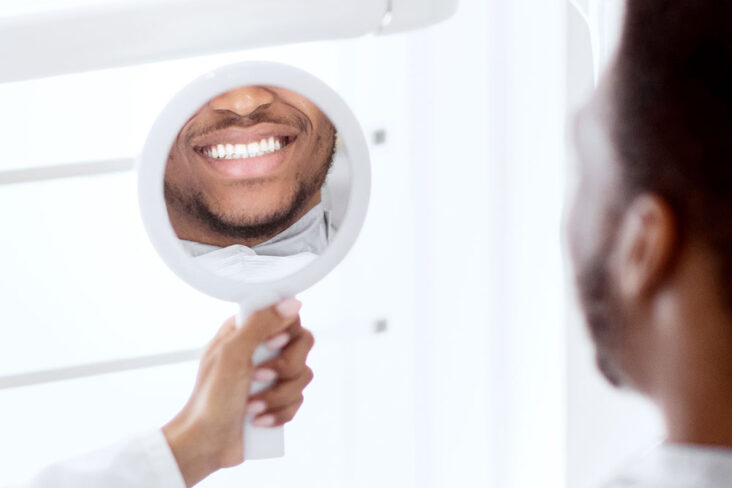Braces used to be something that were almost exclusively for teens but that isn’t the case anymore. Getting cosmetic orthodontic treatment is a fantastic way for adults to improve the appearance of their smile but many people don’t realize that the benefits go further. Straighter teeth can also help boost self-confidence, improve oral hygiene, and more to make a difference in your daily life. Here are a few ways that getting adult braces can improve your life.
Boost Self-Confidence
How you feel about your smile plays a large role in your self-confidence. Many people avoid smiling in public places or groups if they feel self-conscious about their teeth. Adult braces can help you get straight teeth and eliminate the feelings of insecurity, allowing you to feel more confident during social situations. Many patients at Rapid Braces find that getting a better smile gives them the confidence to pursue new opportunities.
Better Oral Health
Investing in your smile makes it easier to care for your teeth. Many patients are more motivated to take care of their mouth and likely to stick with good dental practices after they’ve achieved a beautiful smile. Getting your teeth aligned can also eliminate any areas that may have been hard to reach with a toothbrush or floss before.
Positive Impact on Mental Health
It isn’t uncommon for adults with misaligned teeth or other cosmetic dental issues to let their smile keep them down. Many patients who complete cosmetic orthodontic treatments report reduced anxiety in social settings and a more positive outlook on life. A confident smile can help you make a great first impression and make you more approachable as well.
6 Month Braces for Adults
Even with the benefits, many adults shy away from getting their teeth aligned because of the long treatment times and clunky metal brackets. Fortunately, with modern adult cosmetic orthodontics technology, that’s no longer the case. Rapid Braces in Brookline offers the 6 Month Braces treatment option for faster adult braces options than ever before. The revolutionary treatment allows Dr. Georgaklis to complete 90% of his cases in 6 months or less. Contact us today to schedule an appointment to learn more about how you can get straight teeth fast!











